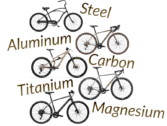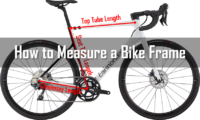Road Bike Handlebar Guide: Choosing the Perfect Handlebar
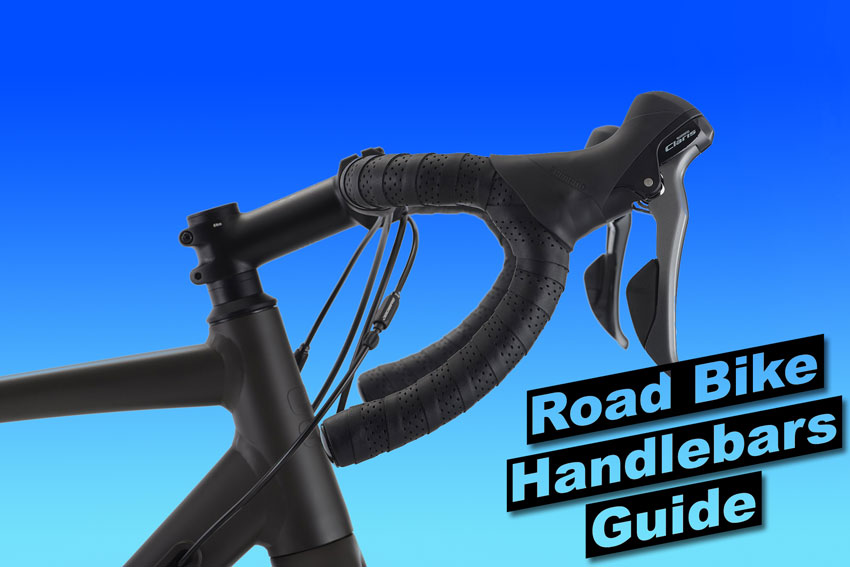
Handlebars are one of the three touchpoints on a bike, along with the saddle and pedals. Yet, despite significantly influencing ride quality, riders tend to overlook them when setting up their bikes.
Finding a suitable road bike handlebar for your body and preferences can increase performance, comfort, and control. Aerodynamics, steering sensitivity, and brake leverage are all impacted by handlebar choice.
The variation in each person’s anatomy and flexibility makes it tricky to find the best road bike handlebars. Thankfully, there is a huge selection of shapes and sizes on the market.
This article will cover the key considerations for choosing handlebars for a road bike so you can make a more informed choice. However, we also recommend visiting a professional bike fitter if you struggle to find a comfortable fit.
You can also read our complete guide on different types of handlebars for an even more detailed overview.
Why are road bike handlebars different?
Road bike handlebars are different as the demands of road racing are unique and extreme. Firstly, the forward and down position puts a lot of weight through the arms and wrists, meaning you need the option to swap between hand positions to relieve pressure and make climbing efforts.
Secondly, riding in the drops gives the rider more control and brake leverage when descending or cornering. Finally, the drops’ position is also aerodynamic and comfortable enough to ride in for extended periods.
Materials
In general, road bike handlebars are made using carbon fiber or aluminum. Aluminum is more common as it is significantly cheaper than carbon, less likely to break in a crash, and provides similar ride characteristics.
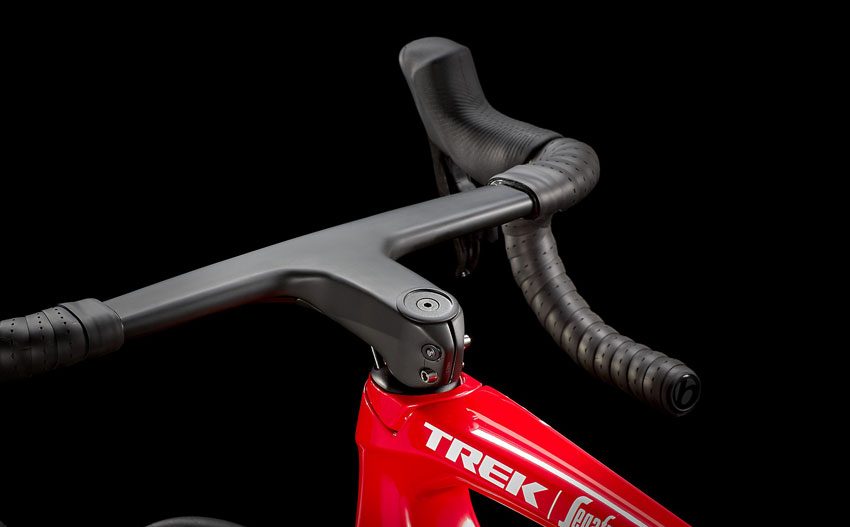
Carbon handlebars are lighter but more expensive and more prone to damage, making them impractical for the average rider.
Carbon is lighter and stiffer and gives manufacturers more control over the shape of the tubing. In addition, it has better vibration-reduction characteristics, improving comfort slightly.
However, it is more likely to snap or crack in a crash and usually costs two to three times more. For these reasons, it is typically found on expensive best road bikes only.
Are carbon handlebars worth it on a road bike?
We think carbon handlebars aren’t worth it for a road bike. The cost-benefit ratio doesn’t justify it for the average cyclist.
However, it may be worthwhile if you’re a competitive rider looking for a competitive edge. An aluminum handlebar that fits and is well-made is perfect for most road cyclists.
Bicycle Frame Material Guide: Aluminum, Carbon, and Steel and Titanium Examined
If you’re looking to upgrade a component on your bike for a performance benefit, a better set of wheels or tires will deliver more bang for your buck than switching to a carbon handlebars road bike.
If you want to improve comfort, it’s a good idea to first get the best handlebar tape for your needs before investing in new handlebars.
Shape and Ergonomics
Handlebar shape and ergonomics go hand in hand. Manufacturers designed new styles over the years to enhance comfort and ergonomics for the average cyclist. Today, there are three main handlebar types for a road bike.
The trend has been toward shallow drop, short reach compact bars, away from the long and deep traditional design; between these two styles lie ‘ergonomic’ bars.
- Traditional bars are much less common in modern cycling, even at a professional level. This is because the long reach and aggressive positioning require a lot of flexibility in the posterior chain (hamstrings, hips, and lower back). In addition, it’s harder to reach the brake levers while riding in the hoods.
- The most common road bike handlebars are now compact ones. These have a short drop and reach, creating a more upright and relaxed ride position. In addition, switching between the hoods and drops on compact bars requires a smaller movement, and the brake levers are easier to reach in both hand positions. For these reasons, recreational road cyclists mostly use compact bars.
- Ergonomic handlebars (also called variable curve bars) fall in the middle of traditional and compact in terms of reach and drop. These bars also typically have a flat section within the hook to improve wrist comfort.
Tops: Effects of Different Shapes
In recent years, as material manufacturing processes advanced, companies began modifying the shape of the tops to improve aerodynamics or comfort. As a result, you can now find oval bars, round ones, or flat aero handlebars on road bikes.
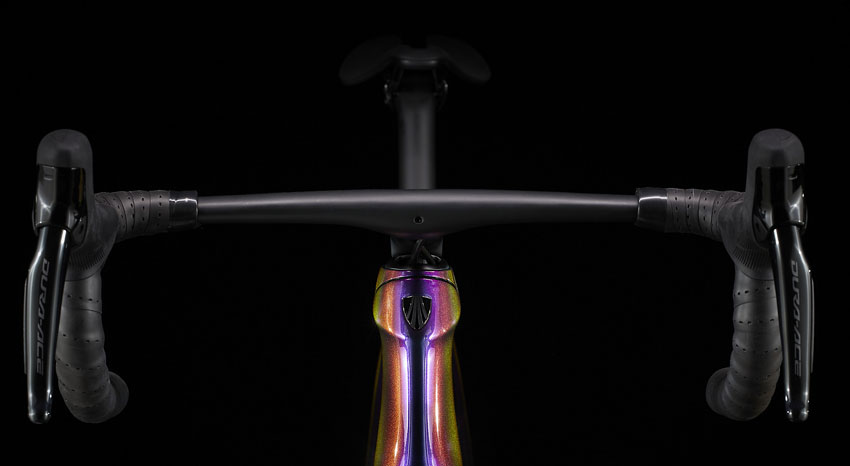
Road bike handlebars with flat tops are more aerodynamic and more comfortable, especially on climbs. | Image source: trekbikes.com
Flat-top bars are the most aerodynamic of the three, making them the go-to choice for aero road bikes. They reduce drag by decreasing the surface area at the front of the bar and using a long flat surface on top that slices through the wind more efficiently.
Oval-shaped bars are slightly more ergonomic and comfortable to hold, while round ones are the most straightforward to manufacture.
Integration
Handlebar road bike integration is a common feature of modern mid and high-end models. It looks great and improves aerodynamics, saving you some watts, but it can have negative knock-on consequences.
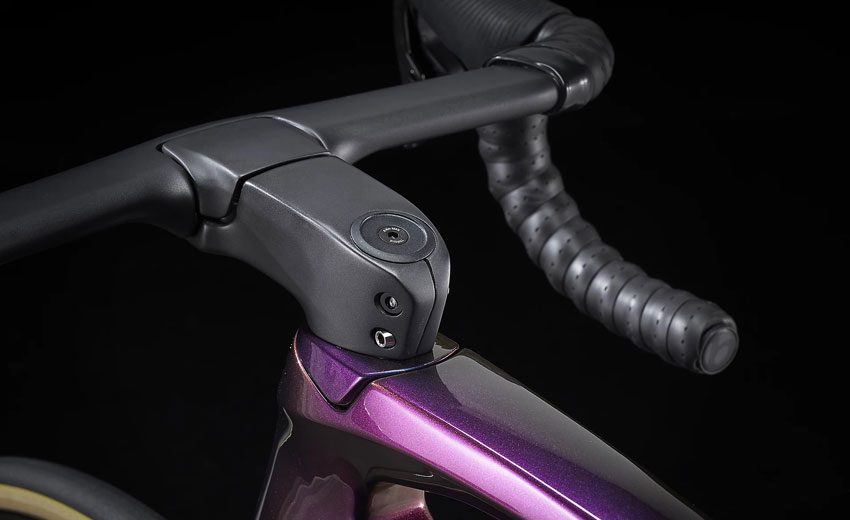
Integrated road bike handlebars look good and have better aerodynamics, but offer less adjustability. | Image source: trekbikes.com
Full integration is when the cockpit is one solid unit connecting to the frame at a single point. Unfortunately, this design restricts fit adjustments, makes cable routing difficult, and means you cannot swap out the handlebars.
Alternatively, a semi-integrated cockpit has a separate stem and handlebar, allowing for more adjustability, easier cable routing, and swapping between handlebars.
Do drop bars make you faster?
Yes, drop bars make you faster compared to flat bars. Road bike handlebars allow the rider to assume a more aerodynamic position (down and forward) than the upright position of flat bars. For this reason, most racing bikes (road, cyclocross, gravel) have drop bars.
Aerodynamic drag is the most significant resistance you experience on gradients of less than 7%. As a result, reducing drag will make you much faster.
Though it’s good to know that you can achieve an equally aerodynamic position by riding on the hoods with your forearms parallel to the ground as you can in the drops.
Drop and Reach
As we’ve seen, two of the most important handlebar measurements are reach and drop. They dictate how far forward and down a rider’s position will be.
Reach is the horizontal distance between the center point of the tops to the center of the forwardmost part of the drops. A longer reach means you’ll stretch further forward when riding. Handlebar reach typically ranges between 75mm to 90mm.
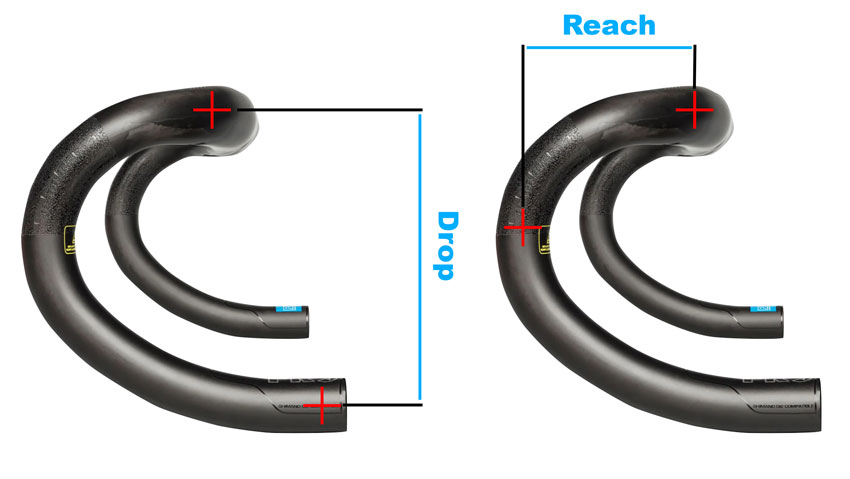
Handlebar drop and reach are two of the most important measurements to take into consideration, in addition to bar width.
Drop is the vertical distance from the center point of the stem clamp area to the center point of the end of the bar. Drop typically ranges from 120mm to 150mm. A longer drop means you have to make a bigger movement to get into the drops position, requiring more flexibility. It’s worth noting that larger hands may not fit in the bend of a short-drop handlebar.
Another two factors that affect handlebar fit are rise and sweep. Rise is the vertical distance between the clamp point and the flats. Road bike handlebars with rise will create a slightly more upright, comfortable riding position.
The sweep is the angle at which the bars extend horizontally from the clamp point. Changing this angle allows manufacturers to change the ergonomics of the hand position when climbing, for example.
Width
Finding the correct road bike handlebar width for your body is essential for comfort and avoiding unnecessary pains. Most riders can use a small range of bar widths (two or three sizes) and still be comfortable.
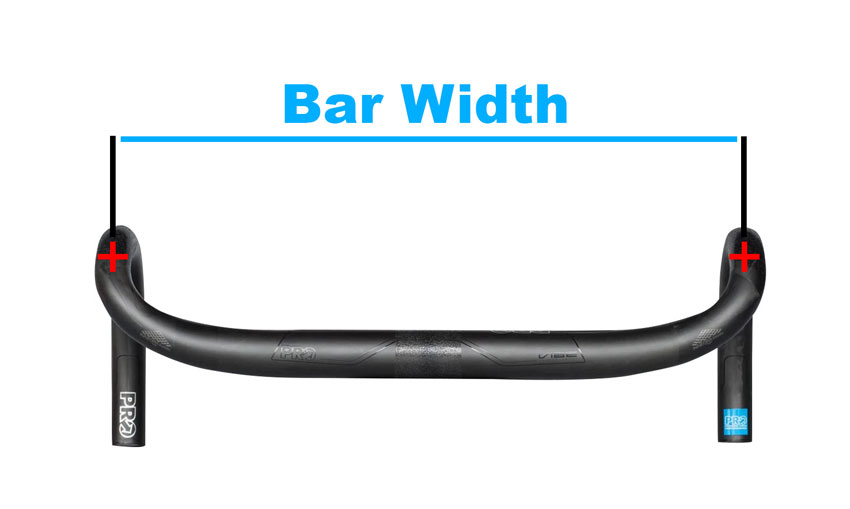
Getting the right handlebar width for your shoulder width is crucial for proper fit and painless cycling.
On bars without flare, the width is measured horizontally from the center point of each drop. However, some manufacturers measure from the outer edge of bars. The typical range of widths is from 36cm to 46cm, increasing in increments of two centimeters.
As mentioned, the same rider may be comfortable riding different widths, for example, 38cm, 40cm, and 42cm bars. If this is the case, you can choose the wider bars for extra handling stability or narrower bars to improve aerodynamics by keeping the arms tucked in closer to the body.
How are road handlebars measured?
Road handlebars are typically measured by width, drop length, and reach. A specific handlebar style may be available in a set drop and reach, with a range of width options in two-centimeter increments. This system allows you to choose your preferred handlebar shape that matches your shoulder width.
Another important measurement is tube diameter. The standard diameter of road bike handlebars is 25.4mm (traditional) or 31.8mm (modern). This wider design was introduced as it is stiffer and stronger. Always check that your current stem is compatible with your selected diameter when purchasing new bars.
What size handlebars should I get?
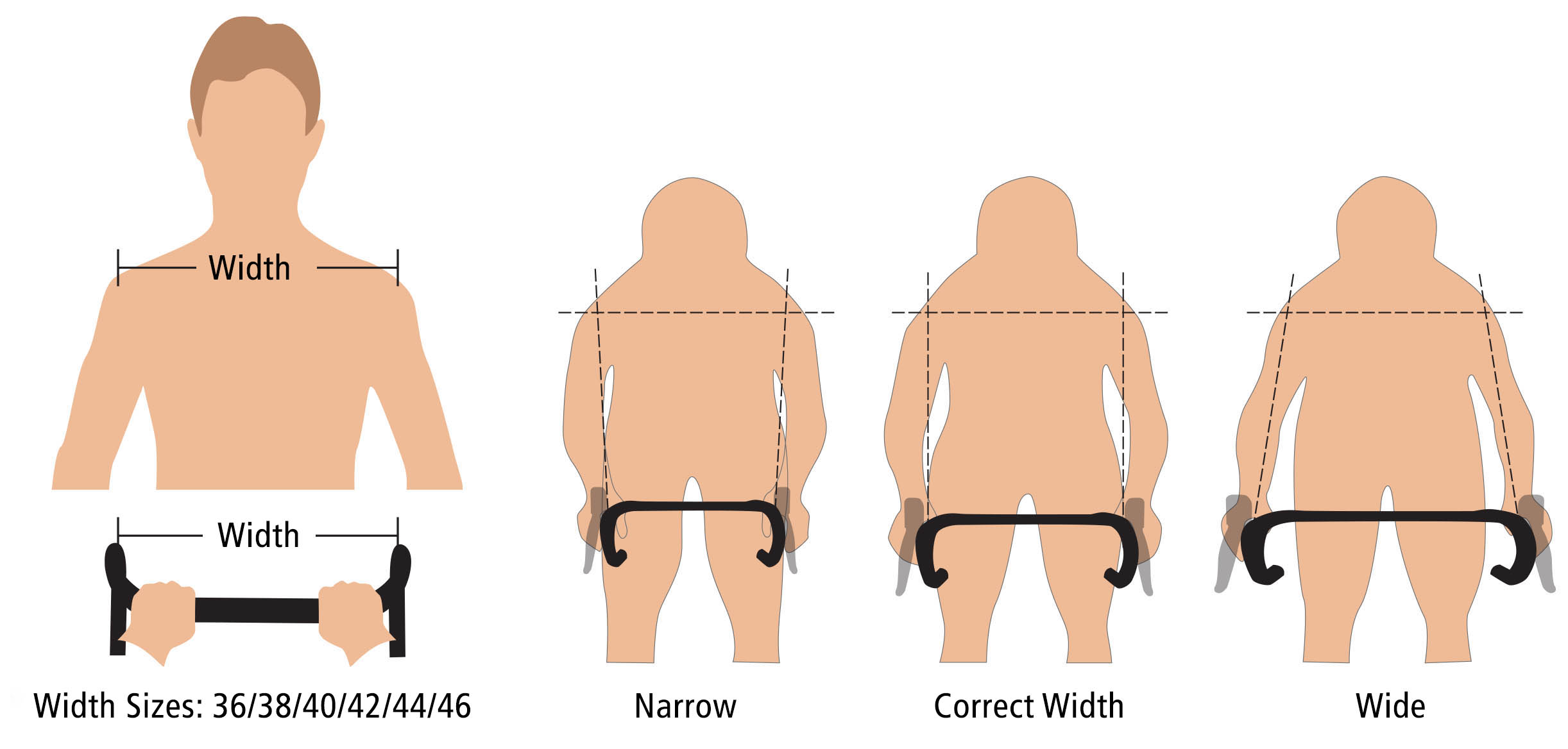
Image source: shimanocyclingworld.com
The size of handlebars you should get typically corresponds to your shoulder width, height, and flexibility. To measure your shoulder width, run a tape from the boney points on top of your shoulders (your acromioclavicular joints), which will roughly correspond to your required handlebar width.
As mentioned, riders are typically comfortable using one size on either side of their shoulder width. Ideally, you want your arms running with a slight taper outward or parallel when your hands are on the drops.
Your flexibility, height, and wingspan contribute to your choice of reach and drop. In most cases, it’s better to choose shorter compact bars as they’re more comfortable.
Are narrow handlebars better?
No, narrow handlebars aren’t necessarily better. Your anatomy and personal preference determine the size you choose. No specific size handlebar is objectively better than the next.
For some riders, narrow bars allow them to assume a more aerodynamic position without sacrificing comfort. However, for many road cyclists, handlebars that are shoulder width or slightly wider will be the most comfortable.
We recommend starting with wider bars as a beginner because they reduce handling sensitivity, making the bike easier to control at high speeds.
Flared Handlebars
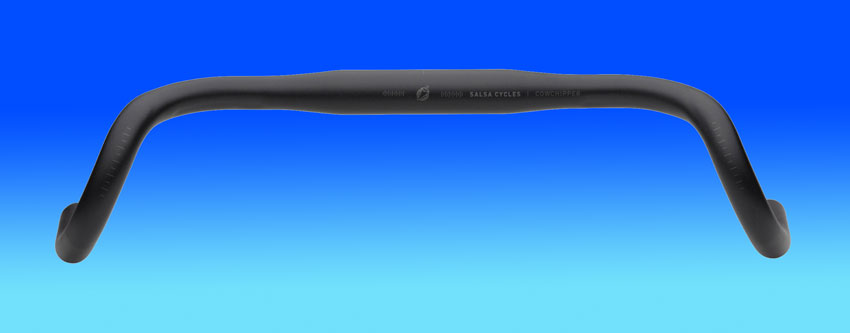
Flared handlebars negatively impact aerodynamics but significantly improve stability and control, which is why many gravel bikes have them.
Handlebar flare is the degree to which the drops slope outward from the upper section. To measure flare, take the horizontal distance between the center of the drop bar to the center of the shifter clamping point.
In general, road bike handlebars have little to none. In contrast, gravel bars utilize significant flare (12 to 16 degrees) to enhance control when using the drops.
Adjusting Your Road Bike Handlebar
Adjusting your road bike handlebar position to a comfortable and efficient setting without the help of a professional bike fitting takes a lot of trial and error. If you struggle to find a comfortable position, we recommend doing a DIY bike fit or going to a professional bike fitter.
If you don’t want to replace your bars, you can try the following three or four minor cockpit modifications to increase the comfort of your position.
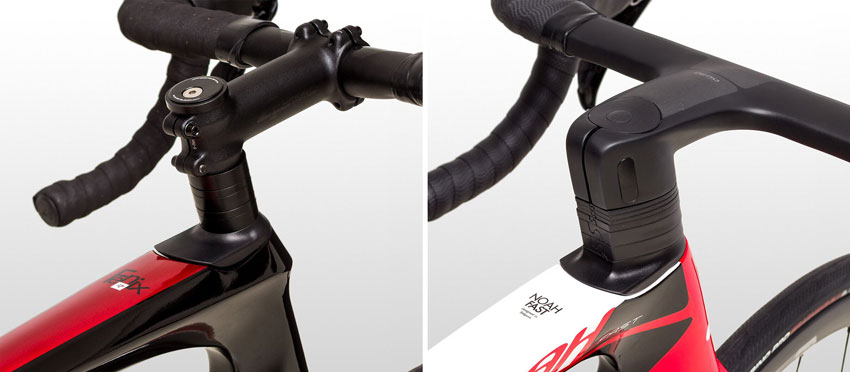
Integrated handlebars look good but can’t be adjusted as easily as standard road bike handlebars.
Firstly, you can swap your stem for a longer or shorter one. Change stem length if you’re overstretching to reach the hoods or feel squashed.
Another cheap and effective way to modify your position on the bike is to add or remove spacers. These raise or lower the stack. In most cases, adding one or two spacers will create a more comfortable, upright position.
How to Measure a Bike Frame — Our Easy-to-Follow Guide
Finally, you can modify the road bike handlebar angle to find a more comfortable hand position. Change the angle of your bars by loosening the stem bolts and tilting the handlebar up or down slightly. Additionally, you can try pointing the hoods inward if it is more comfortable for your wrists.
Road bike handlebar tape can also impact the comfort of your ride. Thick, gel-padded handlebar tape will significantly reduce road vibrations. In contrast, old worn bar tape loses its cushioning effect.
Can I put flat handlebars on a road bike?
Yes, you can put flat handlebars on a road bike, but doing so may change the manufacturer’s intended geometry and handling. Alternatively, you can purchase a purpose-built flat bar road bike like the Canyon Roadlite.
These bikes are a solid choice for cyclists who want the speed of a road bike but aren’t confident or flexible enough for the aggressive position of drop handlebars.
How do I make my road bike handlebars more comfortable?
To make your road bike handlebars more comfortable, you should first check that they are the correct width for you, that the reach and drop aren’t too short or long, and that the bars are set high enough (using spacers). Alternatively, you can use shock-absorbent bar tape to reduce vibrations.
Measure your shoulder width, the distance between the boney protrusions on the top of your shoulders, and compare it to the handlebar width, the distance between the center point of the two drops. These numbers should be within 2cm of each other.

